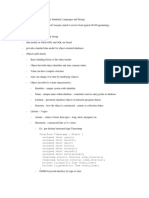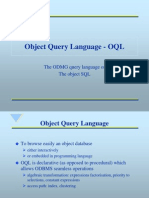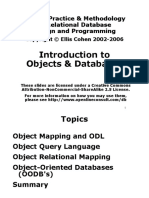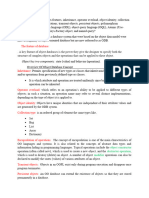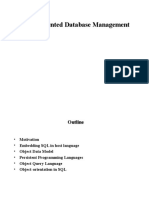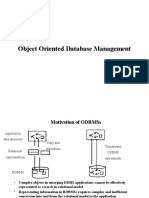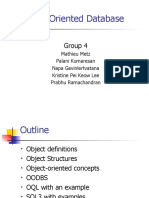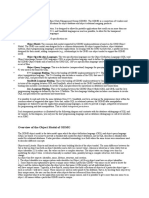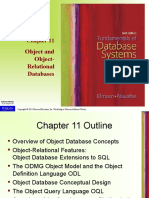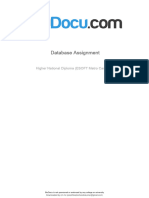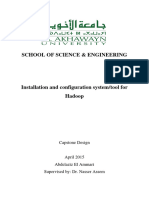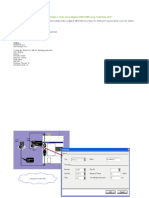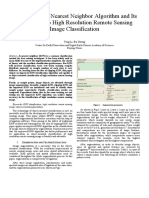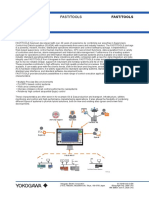0% found this document useful (0 votes)
46 views50 pagesChapter 2 Object DB Standard Language Design
Chapter 2 discusses object database standards, focusing on the Object Data Management Group (ODMG) and its components such as the Object Definition Language (ODL) and Object Query Language (OQL). It outlines the characteristics of ODMG objects and literals, the structure of classes and interfaces, and the differences between object and relational databases. The chapter also covers the conceptual design of object databases and the mapping of Enhanced Entity-Relationship (EER) schemas to object database schemas.
Uploaded by
yafaone62Copyright
© © All Rights Reserved
We take content rights seriously. If you suspect this is your content, claim it here.
Available Formats
Download as PDF, TXT or read online on Scribd
0% found this document useful (0 votes)
46 views50 pagesChapter 2 Object DB Standard Language Design
Chapter 2 discusses object database standards, focusing on the Object Data Management Group (ODMG) and its components such as the Object Definition Language (ODL) and Object Query Language (OQL). It outlines the characteristics of ODMG objects and literals, the structure of classes and interfaces, and the differences between object and relational databases. The chapter also covers the conceptual design of object databases and the mapping of Enhanced Entity-Relationship (EER) schemas to object database schemas.
Uploaded by
yafaone62Copyright
© © All Rights Reserved
We take content rights seriously. If you suspect this is your content, claim it here.
Available Formats
Download as PDF, TXT or read online on Scribd
/ 50



